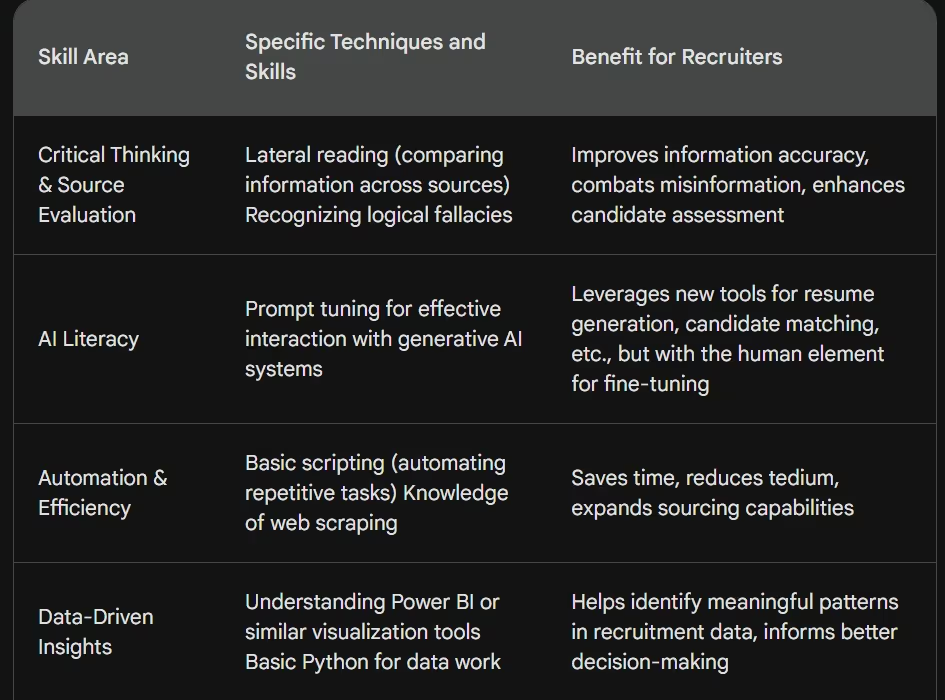Navigating Through Market Disruptions & Transitions
Last week, Apple canceled its flagship effort toward building an autonomous car. From a workforce planning perspective, this is not a surprise. This project started with almost 5000 FTEs in 2018 and declined to 1400 FTEs when it was finally called off. Many legacy Auto companies have also been scaling down their external investments. In 2022, Argo AI, backed by Ford and Volkswagen, shut down. Zoox has been in layoff mode, another indication of stress in this area.
Yet, this event serves as a great reminder that, as workforce planners, it is critical to understand market trends and drastic changes in movements similar to this. Industries often face similar reversals (such as in 2018 when Siemens scaled back on Wind Energy and then formed a separate company to continue). There are several similar examples.
In one of the workforce planning analyst presentations last week, I emphasized that we, as practitioners, are heavily trained to focus on the supply-demand gap from a growth perspective. We need to get more into Scenario Planning. In constructing scenarios, we need to avoid Normalcy Bias. Normalcy Bias is almost counterproductive for Scenario Planning. (Normalcy Bias is a psychological phenomenon where people downplay or underestimate the potential for disaster or disruption, especially if it deviates drastically from their daily experience. This can lead to under-preparation or a delayed response in crises.)
Each Scenario can be further evaluated through this framework.
- Skills Cluster Matrix: A grid that maps the workforce’s skills against the organization’s needs. This can help identify where skills align with other projects and where there are gaps. (Please note I have intentionally used the term Skills Clusters as opposed to Skills as a group of Skills that need to be considered for a specific workload)
- Adapting to Strategic Shifts
- Strategic Analysis: Understand the reasons behind the cancellation and the implications for the company’s future direction.
- Skills Gap Analysis: Identify the new skills and roles required to align with the company’s revised strategic goals.
- Agile Workforce Planning :
- Flexibility in Planning: Develop a workforce planning model that allows for quick adjustments in response to changes in the business environment or strategic direction.
- Trend Monitoring Dashboard: A dashboard that tracks key indicators of industry trends, technological advancements, and market shifts, helping to anticipate changes in workforce requirements. (Draup’s APIs can enable this for you in a customized way)
We worked on two important scenarios for two large enterprises that fit into the Adapting to Strategic Shifts category.
Case Studies:
Scenario1: Building Blocks of AI in Recruitment – New Age Recruiter Focused
A large financial services company reached out to understand the impact of new skills required to prepare their human recruiter layer in the age of AI. Existing Job Descriptions and profiles do not do justice in this regard. So, Draup looked at various building blocks that are expected to transform recruitment. While the study is elaborate, I have given the key points.
In implementing AI in recruitment, we leverage data to analyze candidate experience and sentiments. However, it’s crucial also to incorporate recruiters’ human input. Wikipedia co-founder Jimmy Wales recently emphasized that the diminishing role of human inputs could lead to the increased use of AI in generating or even fabricating data, a phenomenon known as misinformation. Therefore, your human recruiters play a vital role in combating misinformation.
- Automation (Recruitment Tasks)
- Data Mining (Candidate Experience)
- AI Data Generation (Generative AI)
Misinformation
Feedback and Refinement
Valuable Asset (Human Recruiters)
Through this framework, we arrived at the new skills Recruiters will need, as that is the layer in which Human recruiters will play a huge role.
- Lateral reading for comparing information across multiple sources.
- Recognizing logical fallacies (data over emotions – Cognitive Reappraisal methods).
- Prompt Tuning and several basic Gen AI skills (Yes, a new skill for Recruiter to handle new age gen AI systems)
- Basic Scripting: Automating repetitive tasks like Extracting candidate data from resumes into your ATS (Applicant Tracking System)
- Scheduling emails or follow-ups based on specific criteria
- Generating and preparing leadership reports from recruiting data
- Knowledge of Web Scraping: Building tools to gather relevant information from job boards, social media, or professional websites can streamline sourcing.
- Interpret dashboards and reports more critically. (Power BI is a useful skill)
- Python for Beginners: Python is a relatively easy language to learn and highly useful for data manipulation. (Even if Recruiters don’t use this, a basic introduction teaches a lot about data discipline)
We then created a table like this. If you need the full study, let us know.

Overall, we are pretty excited about HR’s role under emerging circumstances. If we plan the initiatives correctly, we can accelerate transformation and adaptation and make the enterprises genuinely care for a great workplace. Thanks again for reading. Please stay safe; we will return with more insights next week.










.svg)




















.svg)





.svg)
